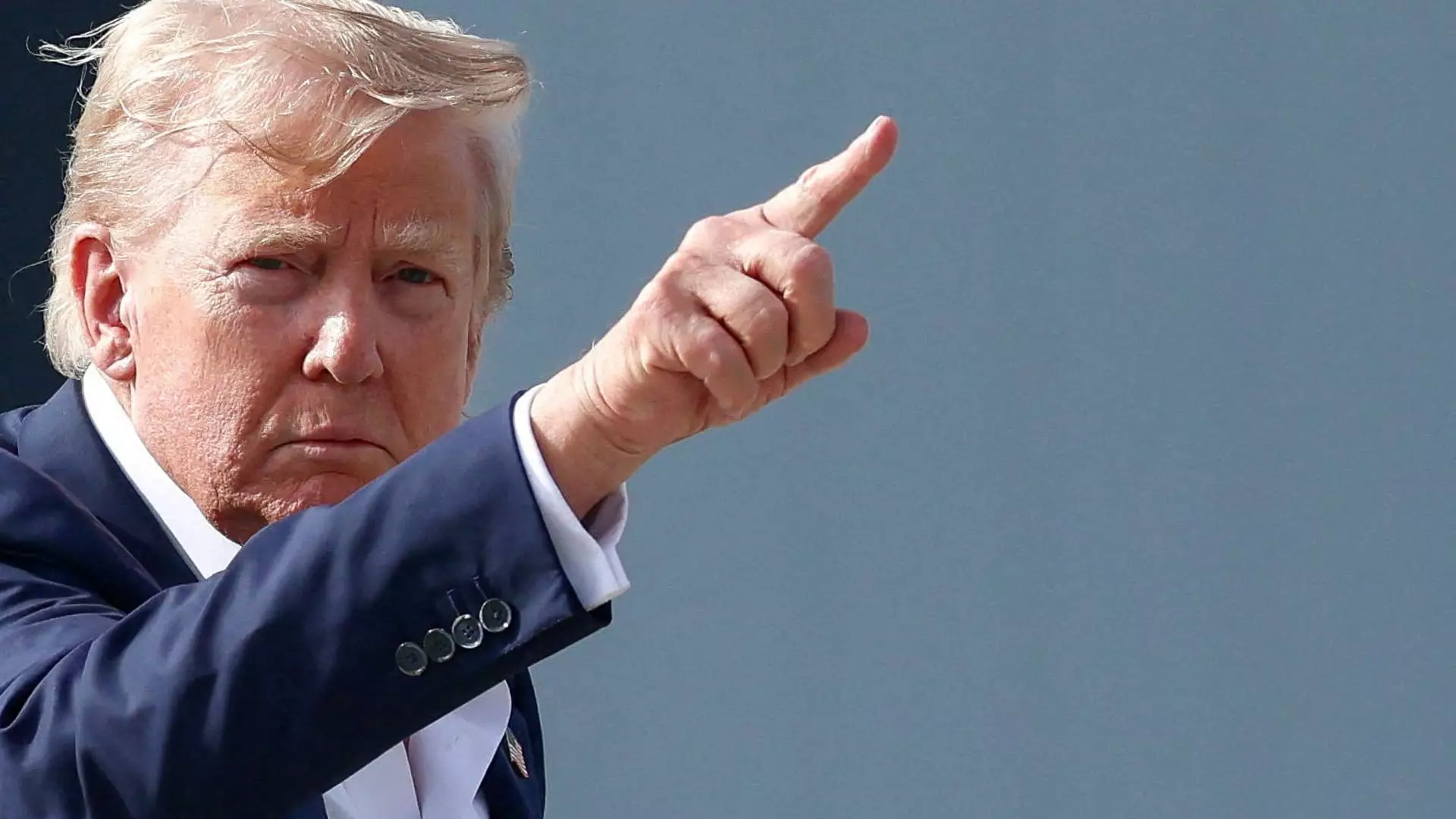In recent whispers of political discourse, there emerges a recurring narrative that blames local governance failures for Washington, D.C.’s growing crime problem. President Donald Trump’s recent threat to federally seize control of the city is not just a call for action—it’s a grand spectacle designed to distract from deeper systemic issues. While the administration paints the city’s streets as lawless chaos, the reality is far more nuanced. Declaring martial law-like measures may garner headlines, but it dangerously oversimplifies complex urban challenges rooted in socioeconomic inequality, community disinvestment, and flawed social policies. Such rhetoric offers only a temporary salve, not a genuine solution, exposing the futility of treating crime with authoritarian overreach rather than addressing root causes.
The Reality Behind the Crime Statistics
Contrary to Trump’s alarming claims of “total chaos,” violent crime in Washington has shown a promising decline—down 26% from last year, according to official police data. This stark contrast between narrative and data reveals a manipulative tendency to exaggerate problems for political gain. Overstated fears often serve to justify heavy-handed policies that undermine civil liberties and local autonomy. It’s a classic case of fear-mongering, designed to rally political support by depicting D.C. as a cesspool of lawlessness rather than acknowledging the hard-earned progress made in recent years. Such tactics stoke paranoia rather than promote constructive dialogue, undermining the trust needed for community-focused solutions.
The Fallacy of Quick Fixes
Trump’s call to have the federal government take over D.C. is rooted in the belief that external authority is the panacea for urban woes. However, history demonstrates that top-down approaches rarely produce sustainable change. Federal intervention often disregards local context, ignores community voices, and alienates residents from decision-making processes. The real challenge lies in empowering local institutions, investing in education, mental health, and economic opportunities—long-term strategies that address why crime persists rather than just its symptoms. The idea that a government can swoop in with brute force to restore order is not only naive but also dangerous, increasing the risk of authoritarian overreach and eroding the civil liberties of residents.
The Myth of the Juvenile Crime Wave
President Trump’s mention of minors as young as 14 involved in violent acts feeds a sensationalist narrative, portraying youth as inherently dangerous. While juvenile crime is a concern, focusing solely on age obscures systemic failures—such as inadequate youth services, lack of after-school programs, and community disinvestment—that foster environments conducive to crime. Labeling minors as adult criminals and advocating for harsher punishments reflects a punitive, NOT rehabilitative, mindset that rarely yields long-term positive outcomes. True safety requires community engagement, education, and social support systems—not merely more prisons or harsher laws.
Leadership’s Responsibility and the Path Forward
Political leaders who exploit fear for electoral or ideological gain distort the reality of urban crime. Instead of fostering collaboration, statements like Trump’s deepen divisions and foster distrust between residents and authorities. Effective leadership requires embracing a balanced approach—combining reasonable law enforcement with compassionate social policies. Addressing crime in Washington demands investment in community programs, innovation in policing strategies, and meaningful dialogue with residents. Shifting focus from punitive measures toward social justice and economic reform will ultimately be more effective, less divisive, and more humane.
Questioning the Narrative of Crisis
This manufactured panic serves political ends more than public safety. Washington’s residents deserve policies rooted in truth, compassion, and practicality—not fearmongering cloaked in rhetoric of control. While it is undeniable that crime remains a concern, the narrative of an insurmountable crisis is exaggerated to justify extraordinary measures that threaten to erode civil liberties. A sustained, thoughtful approach—one that recognizes the city’s progress and addresses underlying social issues—is the only sustainable path to genuine safety and community resilience.


Leave a Reply